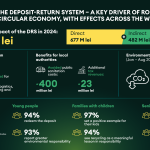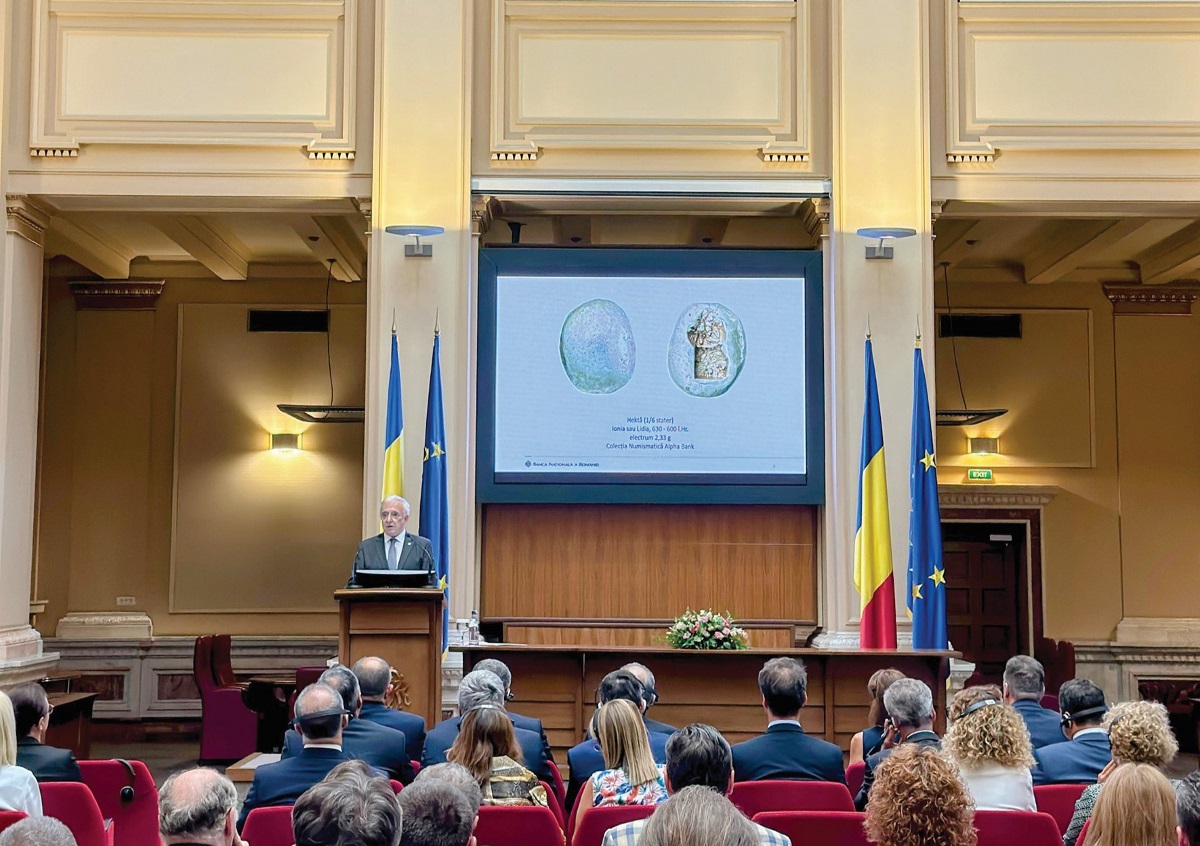
About pensions and their management
Foto: AndreyPopov / depositphotos.com
I cannot stop reminding that pension is not a gift that the State offers us! And it is not a favour made by a fleeting government, even though pension becomes so often an electoral bait. I have already written (here as well) that pension money is not public money, to be obtained by the State by collecting taxes and duties. Pension money is the contribution that each citizen puts aside from own revenues, to benefit from this summed up amount later, when they stop being economically active. All savings obtained through their work (revenues either from the State, or private institutions) are private property. Thus, any pension represents a piece of this individual, private savings of money!
The largest part of this private savings is managed by the State and is called ”Pillar I”. The State manages Pillar I as follows: it collects the contributions of those economically active today and it is paying today still the pensions of the retirees. Thus, the State does not invest the money from Pillar I, it just collects it and then pays them away. As the case may be, the government increases, decreases or freezes the pensions using exclusively political decisions and according to the electoral interests of the moment, not at all by following long-term financial investments decisions. Therefore, private money sent to Pillar I becomes private money managed by the State, and the State proved us in the last 30 years that it is the least efficient manager of our savings (of its own assets too, if we are to look at the faith of the state-owned companies or at its properties). Increasing the pension from Pillar I has nothing to do with any financial yield, it is only done for political reasons (governmental or parliamentary), by recalculating the pension base point or by establishing the percentage of increase.
On the other hand, we also have two types of pensions privately managed: the mandatory one and the optional one. Firstly, Pillar II: is the mandatory private pension privately managed and represents a share of the contribution to the pension system redirected from the public system to a pensions’ fund privately managed. For Pillar II, nobody pays anything extra, the contribution is carried out directly by the employer, redistributing 3.75% of the gross monthly revenue, part of the 10.5% percentage of CAS (contribution for social securities). In other words, without much trouble, 3.75% of our pension contribution reaches automatically one of the 7 pensions’ funds privately managed. I say ”without much trouble” because, unfortunately, almost nobody cares about the faith of this money: the data of the Financial Supervision Authority shows that over 90% of the Pillar II contributions are randomly distributed towards the respective pensions’ funds. People do not care about this 3.75 percent of their money, do not deliberately choose a management fund, do not know that they can opt to move from one fund to another, and do not ask anything about the performance and yield of the respective amounts of personal money. For the 7.6 million participants, Pillar II achieved during the pandemic year 2020 an average yield of 6.2%, three times higher than last year’s inflation rate. During its entire functioning period (2008-2020), Pillar II registered an average yearly yield of 8.17% (compared to a yearly average inflation rate of 3%). According to some statistics of the Asociația Administratorilor de Pensii Administrate Privat [Romanian Private Pensions Managers Association] (APAPR), during its 13 years of functioning Pillar II managed to obtain financial earnings far superior to the inflation and accumulation in bank deposits in lei (almost 3 times higher) and 4.5 higher than converting lei into euro.
Additionally to Pillar II, we have the optional pension, meant to multiply the financial resources available at retirement age. Every person has the possibility to contribute to an optional pension fund with up to 15% of their monthly gross salary. Privately managed pension (Pillar III) depends on the accumulated money through the contributions of the participants, but also by the yield obtained from investments made by the funds’ managers. Optional pension is at the same time a financial investment and a means to save on a long term. From the FSA report regarding the evolution of the private pensions in 2020, we must mention that the system knew a solid evolution during last year, despite the unfavourable economic context generated by COVID-19 pandemic. Pillar III registered in 2020 positive outcomes, with an average yield of 4.64%, and during its entire functioning period, optional pension funds have achieved a yearly average yield of 5.97%. Thus, by the end of December 2020, total assets of the private pensions system reached 7.5% of the GDP. At the end of last year, the total value of the assets of the privately managed pensions funds was 75.14 billion lei, growing by approximately 21% compared with the end of 2019. The number of registered participants was, at the end of last year, 7.63 million people, compared to 7.46 million people, registered at the end of 2019. The weighted average yield rate of all privately managed pension funds was 5.38% in December 2020, while at the end of 2019 it was 6.34%. On 31 December 2020, bonds and shares remained the main financial instruments in which the privately managed pension funds invested. Bonds’ investments represented 68%, increasing by 6.45 base points compared to the end of 2019. The total value of the net assets of the optional pension funds (Pillar III) was 2.93 billion lei at the end of 2020, growing by approximately 17%, compared with the same period of last year. At the same time, over 527,000 participants were registered in Pillar III. The weighted average yield rate of all optional pensions funds with high risk was 8.35%, in December 2020. In December 2019, it was 5.82%. The weighted average yield rate of all optional pensions funds with medium risk was 7.55% at the end of December 2020, compared to 4.77% at the end of 2019.
Daniel Apostol
Share
Share















